China and Brazil have tremendous growth potential
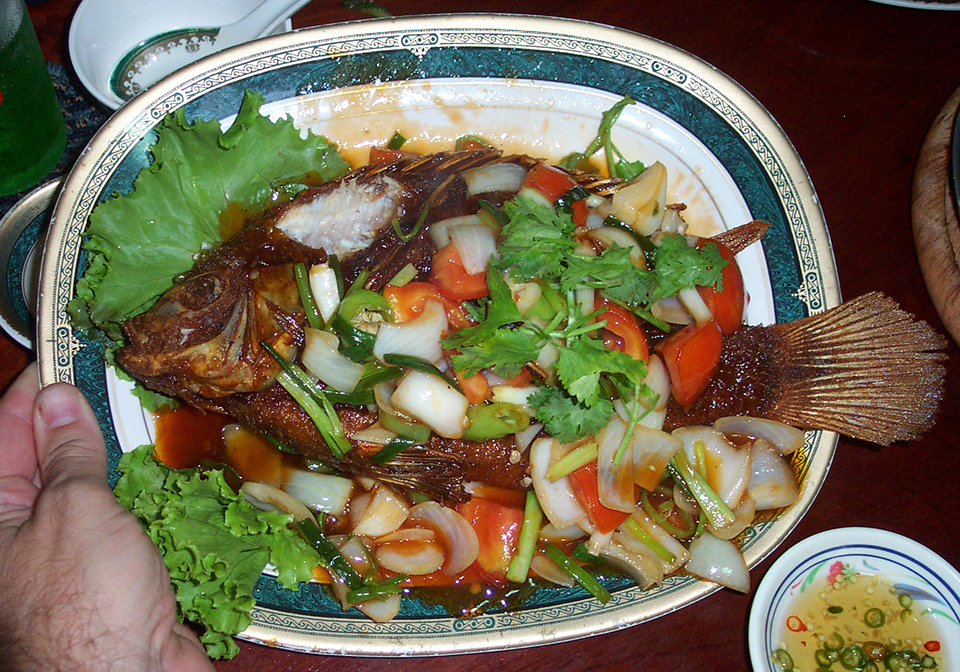
Tilapia are a diverse group of tropical fish with over 100 species that originally came from Africa and the Middle East, but now are farmed throughout the world. Ancient Egyptian bas-reliefs from 2500 B.C. depict tilapia being reared in ponds. Tilapia’s common name St. Peter’s fish came from the Christian Bible’s reference to their occurrence in the Sea of Galilee at the time when Saint Peter was a fisherman there.
The most widespread and popular cultured tilapia species is the Nile tilapia (Oreochromis niloticus). It accounted for 85 percent of the total tilapia production of 1.85 million metric tons (MT) reported for 2000, which was valued at U.S. $1.5 billion. About 1.3 million MT of the total was farmed tilapia, with the remaining wild-caught. Production is expected to rise over 2.0 million MT by 2010.
Tilapia is a truly global product that is equally suited to both back-yard culture and large agroindustrial production. The fish grow quickly and efficiently on either natural grazing or high-protein formulated feeds, and are well regarded by both rich and poor consumers. Tilapia make an ideal replacement for other freshwater fish species and seafood that can no longer be supplied by traditional fisheries.
All-male culture
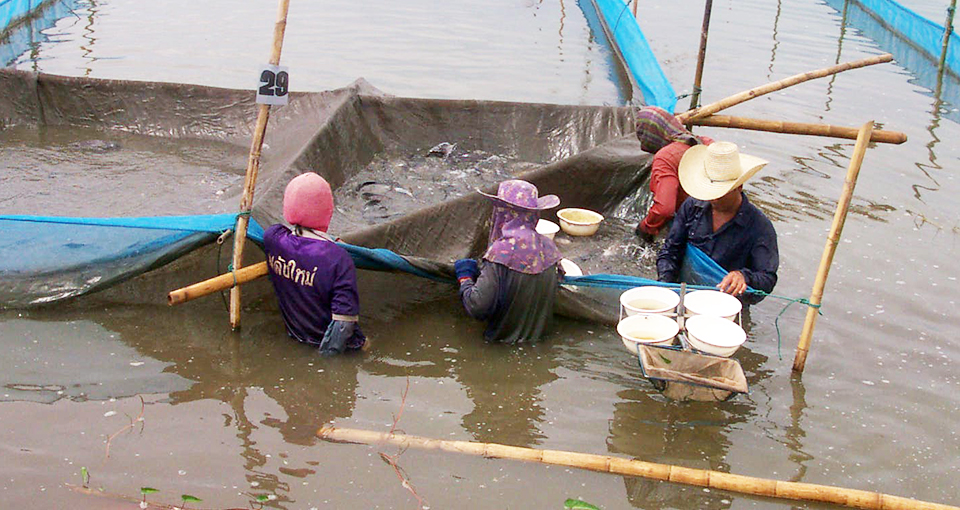
Most modern tilapia farming involves all-male culture, as the males grow faster and larger than females. Traditionally, this was achieved by using male hormones added to feed to sex-reverse the newly hatched fry. With new legislation regarding food additives under discussion, however, the industry needed a viable alternative. Through YY-male genetic technology developed by Fishgen Ltd., a United Kingdom company, farmers can now produce their own all-male fry without the use of hormones.
Asian production
Tilapia farming is very diverse in Asia, with huge numbers of small back-yard ponds, massive extensive operations, semi-intensive farms, and some very intensive high-tech systems. China is by far the largest producer of farmed aquatic products, especially tilapia. Its production figures for tilapia were 629,000 metric tons (MT) for 2000, although much tilapia was consumed locally. A major proportion of China’s production comes from small operations in the south of the country.
Taiwan is also a large producer of frozen whole fish and fillets for export to the United States and Japan, with the rest going to local markets. One of Taiwan’s largest and most successful operations is Hanaqua, which is now looking at value-added products and tilapia blocks to replace the more traditional ocean-caught species.
Many Taiwanese producers are now moving their operations to China, where production costs are lower. And several Taiwanese producers have switch-ed species to cobia, a high-value carnivorous fish. Researchers are looking at using tilapia to feed cobias during grow-out.
The Philippines and Thailand produce over 100,000 MT of tilapia each. Most of this is consumed locally, but there is a small export market for sashimi grade fillets to Japan at premium prices.
The Indonesian industry is based on cage systems in the large freshwater lakes of central Java and Sumatra, where PT Aquafarm Nusantara produces 11,000 MT annually for export to the U.S. through the American company Regal Springs. With major government backing, Malaysia aims to continue increasing its tilapia production from 25,000 MT in 1999 to 600,000 MT by 2010.
Vietnam, India, Sri Lanka, and Bangladesh are expanding their tilapia industries. With very low production costs and a wealth of aquaculture expertise from carp culture, they should make a significant contribution to global production shortly.
Tilapia in the Americas
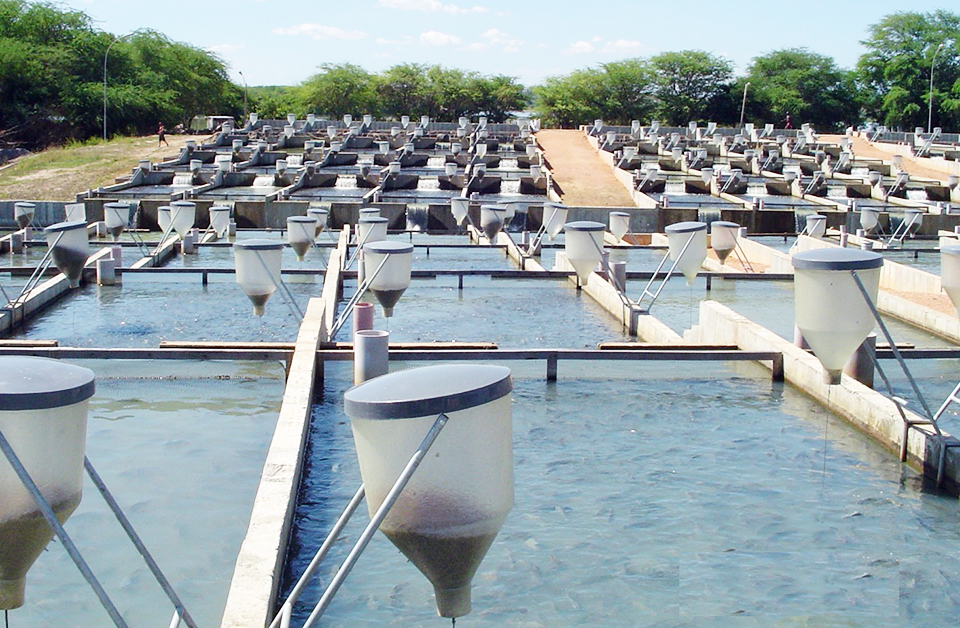
The U.S. tilapia industry has experienced a major boom, growing over 300 percent in the past five years. The American Tilapia Association has a membership of well over 300 producers. Currently, 75 percent of their fish are sold live, as production costs tend to be high, and the premium prices for live fish makes them a more profitable enterprise.
From 2000 to 2001, total U.S. consumption of tilapia rose 27 percent to 104,000 MT (live-weight equivalent), with 95,000 MT of this imported product worth around U.S. $128 million. The imports included frozen whole fish and fillets from Taiwan and China, frozen fillets from Indonesia, and fresh fillets from Costa Rica, Honduras, and Ecuador. Many other countries are also targeting the U.S. market.
Many big U.S. restaurants, such as Red Lobster and Applebee’s, are using tilapia as a mainstay menu item, which shows the confidence they have in a well-established product with consistent supply that is readily accepted by consumers.
One of the largest farms exporting fresh fillets to the USA is Costa Rica’s AquaCorporación International, through its market-leading brand Rainforest Tilapia. The company currently produces over 7,000 millimeters per year, with plans under way to expand annual production to 10,000 mt.
Several other South and Central American countries export farmed tilapia to the U.S., which has led to an overall decline in prices that encouraged most countries to expand their domestic markets. Honduras significantly increased production recently, with 5,000 mt produced by the sister farm of the Indonesian PT Aquafarm Nusantara operation and exported to the U.S. under the Regal Springs brand. AquaCorporación Honduras produces around 4,000 millimeters per year. These two farms account for 95 percent of Honduras’ tilapia production.
Peru, a newcomer to tilapia farming, just started selling the first harvest from AquaPeru, its first large-scale farm, based at Poechos on Peru’s border with Ecuador. The project’s reported full production capacity of 3,000 millimeters per year is targeted for 2005, but there is scope for further expansion at the site. The farm’s fillets are sold in the U.S. under the Mountain Stream brand.

Ecuador is well-known as a shrimp producer, but with the decimation of its shrimp industry by White Spot Syndrome Virus, large corporations such as ENACA, Santa Priscila, Modercorp, and Aquamar turned to tilapia. They found that polyculture of shrimp and tilapia greatly enhanced shrimp production and reduced the effects of WSSV. Tilapia generates significantly less return than shrimp, so it is possible that once the disease is eliminated, these companies could switch back to shrimp monoculture.
Tropical Aquaculture Products Inc. is selling tilapia produced in Ecuador throughout the U.S. and has recently started exporting to Europe. It is also diversifying into value-added products, which will include marinated, shaped/formed pieces, breaded fillets, and precooked portions.
Most South and Central American countries are increasing tilapia production, but Brazil has the most potential. Although it only produces 50,000 millimeters per year at present, the industry is expanding rapidly. Brazil already has a strong domestic market, with most of the production currently in the cooler southern regions around the main cities of Sao Paulo and Rio de Janeiro. New projects are all based in the northeast, which has huge water resources and an excellent climate that should lower production costs. This could make Brazilian tilapia very competitive in the export markets. Tilapia fee fishing is very important in Brazil, too, and the country also produces tilapia leather goods of excellent quality.
Mexico is the largest tilapia producer in the Americas, with 102,000 MT production in 2000. It serves a very strong domestic market, but little export. There is a similar picture in Colombia and Cuba, where tilapia are a very popular local food item.
African farming
Although tilapia originated from Africa, the continent has a sparse history of fish farming. But there now seems to be a wave of aquaculture optimism sweeping the continent, with several privately funded projects showing promising results.
Kafue Fish Farm in Zambia is a flagship project. It is run in conjunction with a large pig farm as an integrated system, with the pig waste fertilizing the ponds and promoting phyto- and zooplankton blooms on which the tilapia thrive. The farm raises the endemic Kafue River tilapia (Oreochromis andersonii) as well as some introduced all-male Nile tilapia.
The project is currently harvesting well over 300 mt of fish on the 250-ha pond site in a sustainable and ecologically responsible approach, with substantial expansion under way. Kafue Fish Farm is pointing a clear way forward for African aquaculture and should serve as a model farm. The farm management is often called upon to assist other similar ventures in the region.
Next door in Zimbabwe is Lake Harvest, which produces tilapia fillets for the European markets. This operation, which uses cage culture on Lake Kariba, has invested heavily in a state-of-the-art processing plant to meet strict European Union requirements. It is currently producing around 3,000 mt whole fish per year, with plans to expand to 5,000 mt by 2005. All waste products from the farm go straight into Lake Harvest’s newly established crocodile-farming business.
Ghana and Nigeria are setting up large, well-managed farms and looking at exporting to the E.U. A new community-based project is being set up in Ghana under the Ghanaian Social Investment Fund. It involves the Ghana Artisanal Fisheries Development and Exporters Organization and Fair Trade Seafoods, Ltd., together with fishermen’s cooperative units made up of 15 to 20 members per unit. This is a very ambitious project with a broad range of stakeholders.
Egypt is by far the largest tilapia producer in Africa, accounting for 90 percent of Africa’s total aquaculture harvest. However, a significant amount of wild-caught tilapia is reported, with a total country production of tilapia of 200,000 mt annually.
Malawi has several small fish farms and many endemic tilapia species: Oreochromis lidole, O. karonga, O. squamipinnis and O. shiranus. The fish used to be very important components of the wild fishery, but overfishing depleted their stocks dramatically. A sustainable farming and possible restocking program are urgently needed, but more research is required before widespread farming of the endemic species can take place.
Kenya, Uganda, Tanzania, and Mozambique produce some tilapia. Namibia, Botswana, and Angola are also all looking at developing tilapia aquaculture.
South Africa has a key role to play in any fish-farming recovery. As in Malawi, the emphasis has been on local species, which in South Africa is the Mozambique tilapia (Oreochromis mossambicus). A team of researchers at the University of Stellenbosch is currently evaluating different strains of this species and has produced an improved strain for small-scale aquaculture projects. The group is also using YY male technology and producing YY supermale O. mossambicus to provide monosex fry to farmers for ongrowing. The researchers also have a red variety and some strains that are saline- and cold-tolerant, which could make O. mossambicus a versatile candidate for commercial fish farming.
Europe’s tilapia
European tilapia production is relatively small, due mainly to the requirement for rearing the animals at a warm optimum temperature of 28 degrees-C. All production has to be temperature-controlled, indoors, or utilize a hot wastewater industrial source.
Belgium is a main producer, with one farm that produces around 300 mt. Tilapia are also farmed in Holland, Switzerland, Spain, Germany, France, and the United King-dom. Tilapia is available in many European restaurants and U.K. supermarkets. Sainsbury’s and Tesco import a mixture of red and wild tilapia from Jabexco in Jamaica.
Other tilapia for sale in the E.U. come from Lake Harvest in Zimbabwe and some wild-caught product from Uganda, Tanzania, and Kenya. An unlikely entrant to the tilapia production industry is Iceland. With extensive fishing and processing skills and abundant geothermal water, it could become a major producer. The main incentive here is the decline of Iceland’s cod fishery, which is extremely important to the country’s economy.
Middle East
The Middle East is expanding its tilapia-farming industry – and with strong domestic demand and high prices, there is great potential here. Some of the large farms in Jordan, Saudi Arabia, Kuwait, and Lebanon use saline groundwater, which requires salt-tolerant strains and species of tilapia, particularly Oreochromis spiluris. Due to the relative lack of water in the area, many of the freshwater farms reuse the water in aquaponic systems or some form of crop irrigation.

Value-adding
Postharvest value-added products make a big difference between profit and loss in an industry with tight margins. Taking inflation into account, the stable tilapia prices over the last few years have decreased in real terms. This is typical in a rapidly expanding industry as production and demand stabilize.
Processing leftovers can be valuable byproducts. Also, adding value by entering niche markets provides a competitive edge in the marketplace. Smoked tilapia is one such product. Similarly, packing, presentation, and marketing will play equally important roles in the future of tilapia products.
(Editor’s Note: This article was originally published in the December 2003 print edition of the Global Aquaculture Advocate.)
Now that you've reached the end of the article ...
… please consider supporting GSA’s mission to advance responsible seafood practices through education, advocacy and third-party assurances. The Advocate aims to document the evolution of responsible seafood practices and share the expansive knowledge of our vast network of contributors.
By becoming a Global Seafood Alliance member, you’re ensuring that all of the pre-competitive work we do through member benefits, resources and events can continue. Individual membership costs just $50 a year.
Not a GSA member? Join us.
Author
-
Erik Roderick
Biological Sciences
University of Wales Swansea
Swansea SA2 8PP
Tagged With
Related Posts
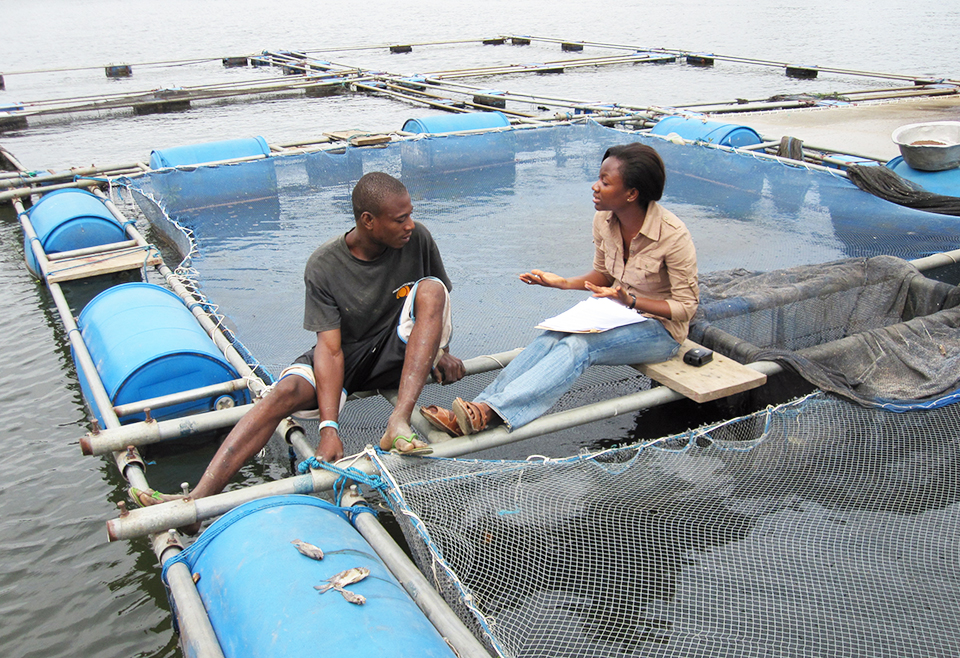
Health & Welfare
A look at tilapia aquaculture in Ghana
Aquaculture in Ghana has overcome its historic fits and starts and is helping to narrow the gap between domestic seafood production and consumption. Production is based on Nile tilapia.

Health & Welfare
10 paths to low productivity and profitability with tilapia in sub-Saharan Africa
Tilapia culture in sub-Saharan Africa suffers from low productivity and profitability. A comprehensive management approach is needed to address the root causes.
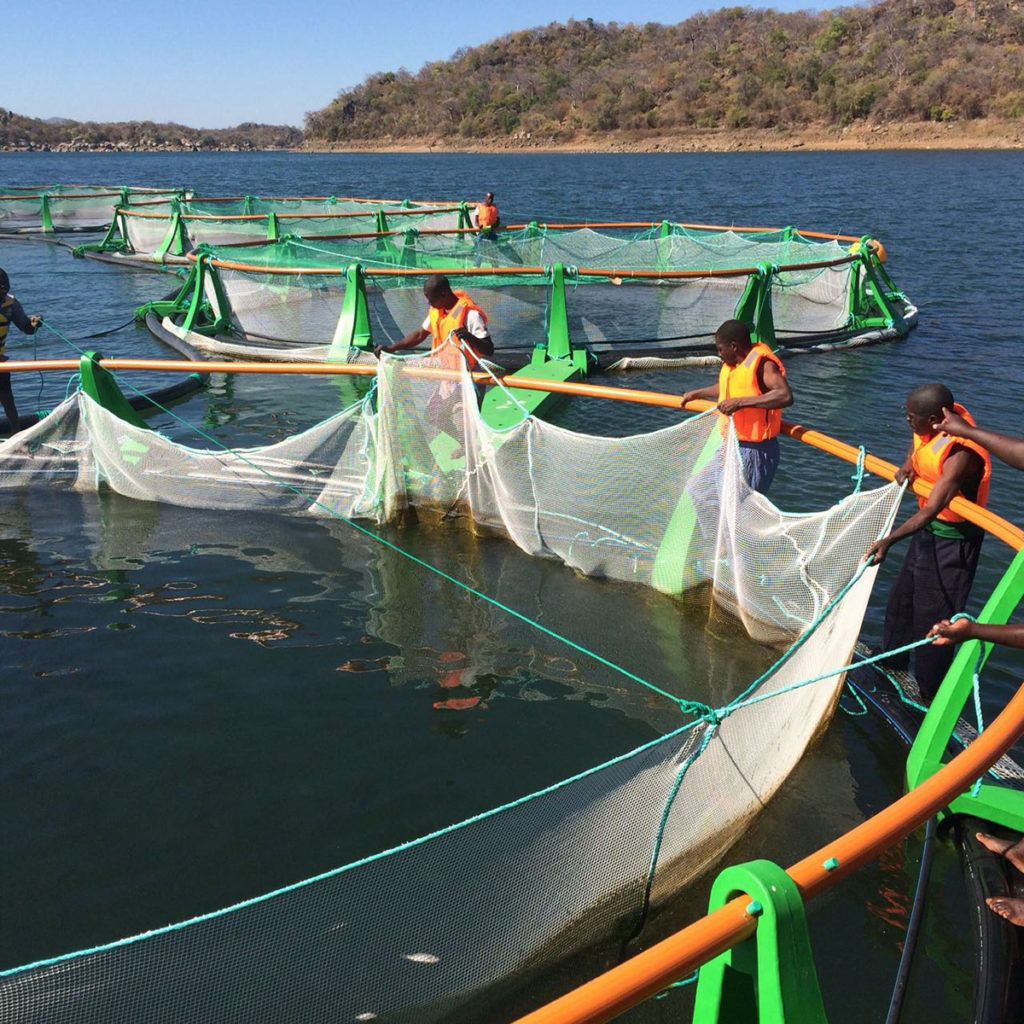
Responsibility
‘Model’ tilapia venture shows mettle in Mozambique
On the shores of Lake Cahora Bassa, Chicoa Fish Farm hopes to create a ripple effect to improve fish supply and quality of life for an impoverished region.
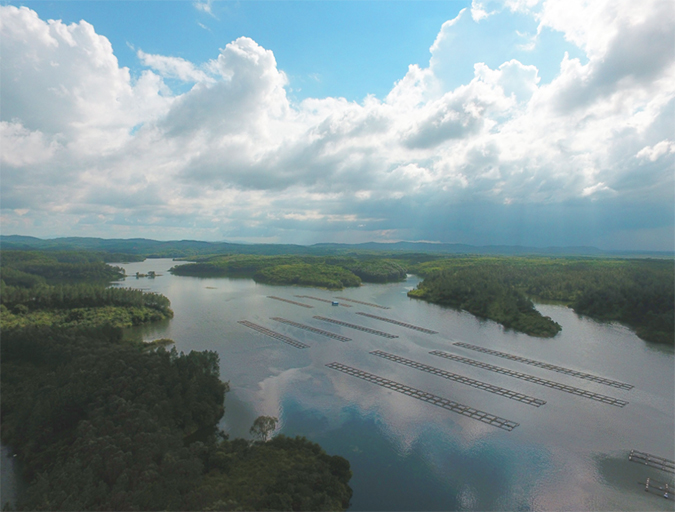
Intelligence
What will it take to make tilapia great again?
Once a darling of the sustainable seafood crowd for its vegetarian diet and potential to feed the world’s growing population, mild-mannered tilapia now has an image problem that may be causing a dip in consumption levels.


